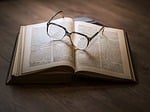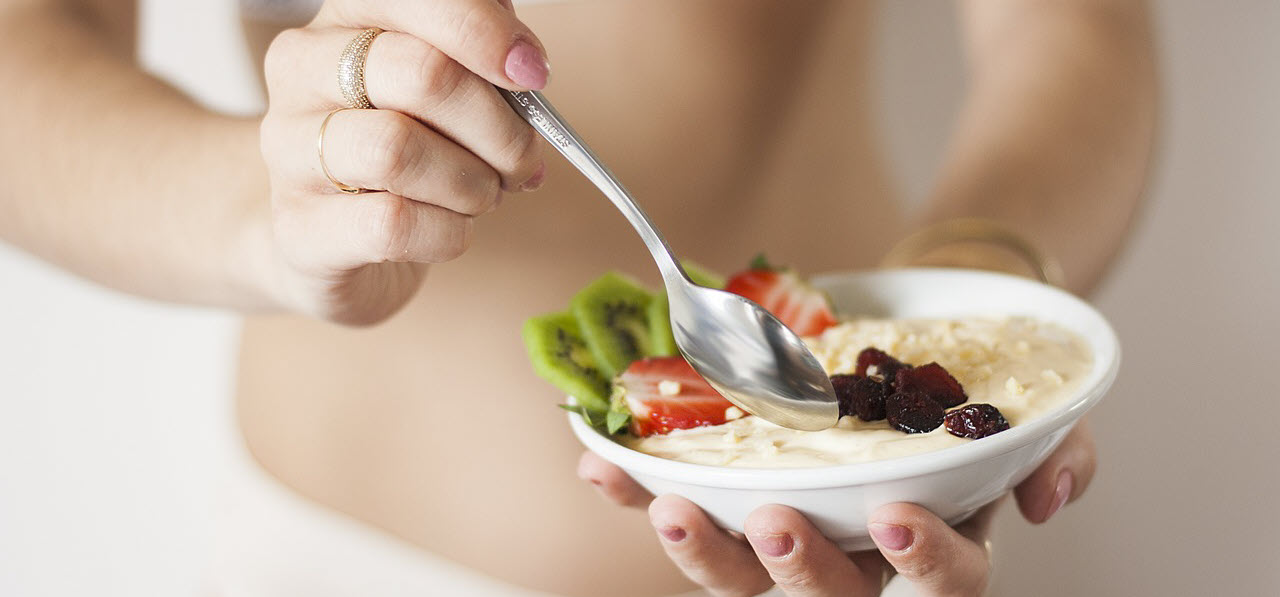Cure Poor Eyesight
 People tend to think that better eyesight always relate to eye surgery or glasses. Eye surgery is very risky and could lead to irreversible damage. Glasses maintains vision problem and do nothing in order to cure it. Yet, there are healthy natural treatments which cure poor eyesight symptoms. The only problem is that these methods are being hidden and disregarded by doctors and optometrists who wish people will continue to buy glasses and risk their eyes with laser eye surgeries. It is better to avoid the risks and try these basic simple exercises first. They could improve your eye vision dramatically.
People tend to think that better eyesight always relate to eye surgery or glasses. Eye surgery is very risky and could lead to irreversible damage. Glasses maintains vision problem and do nothing in order to cure it. Yet, there are healthy natural treatments which cure poor eyesight symptoms. The only problem is that these methods are being hidden and disregarded by doctors and optometrists who wish people will continue to buy glasses and risk their eyes with laser eye surgeries. It is better to avoid the risks and try these basic simple exercises first. They could improve your eye vision dramatically.
Eye chart
Its purpose is to exercise the eye to a healthy behavior of shifting instead of central fixation. Hang the eye chart and move to a distance where you can read the first 4 lines. Look at the first letter carefully close your eyes and try to visualize it in your imagination. Try to create a clear picture of it. Instead of static letter try imagining it slowly swinging. Repeat this with the rest of the letters in the four first lines you can read.
Covering
This is a very important exercise. People think that their eyes rest when they sleep. Actually, on the dreaming stage they keep moving and work as if the person is a wake.
Therefore, proper resting is crucial. For best performance you need a quite and comfortable place like your favorite couch. Cover your eyes with your hands, and try to feel as pleasant as you can. Listen to the music you like best, or try to imagine your favorite view. The eyes need about 10-15 minutes to reach full relaxation, the longer the better. It is recommended, to perform it daily for 15 minutes or a few times a day for 5 minutes.
Reading
 Reading is a very important task for the eyes as it is performed on daily basis. It is important to adjust natural way of reading which will reduce eye tension and will educate the eyes for better, healthy vision habits. Healthy eyes read a sentence by focusing on each letter and then moving to the next one. A tensed eye will jump from word to word and will try to read the complete sentence in a few eye glances. Reading large areas instead of focusing on central vision, letter by letter, lead to increased eye tension. It is best to move slowly from letter to letter as a practice. At the end of each page focus on a point a few meters a way. This will ease the tension on the eyes from the reading.
Reading is a very important task for the eyes as it is performed on daily basis. It is important to adjust natural way of reading which will reduce eye tension and will educate the eyes for better, healthy vision habits. Healthy eyes read a sentence by focusing on each letter and then moving to the next one. A tensed eye will jump from word to word and will try to read the complete sentence in a few eye glances. Reading large areas instead of focusing on central vision, letter by letter, lead to increased eye tension. It is best to move slowly from letter to letter as a practice. At the end of each page focus on a point a few meters a way. This will ease the tension on the eyes from the reading.
Tiny writing
This exercise requires the eye to use its central vision. The eyes and the mind should be very relaxed to avoid over pressure on the eye when reading the tiny writing. Get text and print it from and word processor in size 4 or 3. It should be black text on a white paper. Hold it against your eyes and read it in a slow and relaxed mode. Make sure you keep blinking often and look at a distanced point once in a while.
Physical exercises
It is important to understand that the aim of these exercises is to make eyes muscles more elastic and avoid tension. First try to feel your eyes: are they tensed? If so try to feel exactly where, and relax that area. Look at an object not far from you, and move your eyes: ten times up and down and ten times left to right, then in circles for 5 times. Take a piece of paper with a dot at its top edge. Bring it as close as 5 CM from your nose and then move it away as far as you can. Concentrate on the dot all time, do it for about tem times. Hold the piece of paper close to your nose, look at for a few seconds and then look at a distant point for a few seconds. Again do it for ten times.
“Just pray for your health and strength, hearing and eyesight, and an active mind.”
~ June Brown




 Oddly enough, I’ve come to think that losing my hearing was one of the best things that ever happened to me, as it led to the publication of my first novel. But it took a while for me to accept that I was losing my hearing and needed help.
Oddly enough, I’ve come to think that losing my hearing was one of the best things that ever happened to me, as it led to the publication of my first novel. But it took a while for me to accept that I was losing my hearing and needed help. Unbeknown to me at the time, that was only the beginning of my downward spiral, as my hearing grew progressively worse. But I was young and still vain enough not to want to buy a hearing aid. I struggled through college by sitting up front in the classroom, straining to read lips and asking people to speak up, sometimes again and again.
Unbeknown to me at the time, that was only the beginning of my downward spiral, as my hearing grew progressively worse. But I was young and still vain enough not to want to buy a hearing aid. I struggled through college by sitting up front in the classroom, straining to read lips and asking people to speak up, sometimes again and again.

 Recently I published an article about the importance of exercise in fighting against the bone-brittling disease osteoporosis.
Recently I published an article about the importance of exercise in fighting against the bone-brittling disease osteoporosis.
 Lowfat dairy products such as milk (skim milk is a better option), yogurt, and cottage cheese are all excellent sources of dietary calcium. For those who are lactose intolerant or who wish to generally stay away from dairy products, non-dairy alternatives fortified with calcium will do as long as they continued the recommended daily allowance (RDA). The nondairy product Lactaid added to lowfat and nonfat milk may also work to help you meet your desired goal.
Lowfat dairy products such as milk (skim milk is a better option), yogurt, and cottage cheese are all excellent sources of dietary calcium. For those who are lactose intolerant or who wish to generally stay away from dairy products, non-dairy alternatives fortified with calcium will do as long as they continued the recommended daily allowance (RDA). The nondairy product Lactaid added to lowfat and nonfat milk may also work to help you meet your desired goal.
 Certain vitamins and minerals have been found beneficial in lowering blood sugar and thus useful in the treatment of diabetes.
Certain vitamins and minerals have been found beneficial in lowering blood sugar and thus useful in the treatment of diabetes.

 Truth: Research has proved that those who follow a vegetarian diet plan eat less fat and fewer calories than those who are non vegetarians. Vegetarians also tend to have lower body weights because choosing a vegetarian diet plan with low fat content is helpful in weight loss. However vegetarians can make poor food choices that contain high amounts of fat and calories with little or no nutritional value.
Truth: Research has proved that those who follow a vegetarian diet plan eat less fat and fewer calories than those who are non vegetarians. Vegetarians also tend to have lower body weights because choosing a vegetarian diet plan with low fat content is helpful in weight loss. However vegetarians can make poor food choices that contain high amounts of fat and calories with little or no nutritional value.
 Truth: Weight-loss products that claim to be herbal are not necessarily safe. Herbal products are not usually scientifically tested to prove they are safe or effective. A great example of this type of unhealthy herbal product is ephedra. Ephedra is an herb that is now banned by the United States Government because its products have been known to cause serious health problems and even death. Products that claim to be ephedra-free are not danger-free because they contain harmful ingredients similar to ephedra.
Truth: Weight-loss products that claim to be herbal are not necessarily safe. Herbal products are not usually scientifically tested to prove they are safe or effective. A great example of this type of unhealthy herbal product is ephedra. Ephedra is an herb that is now banned by the United States Government because its products have been known to cause serious health problems and even death. Products that claim to be ephedra-free are not danger-free because they contain harmful ingredients similar to ephedra.